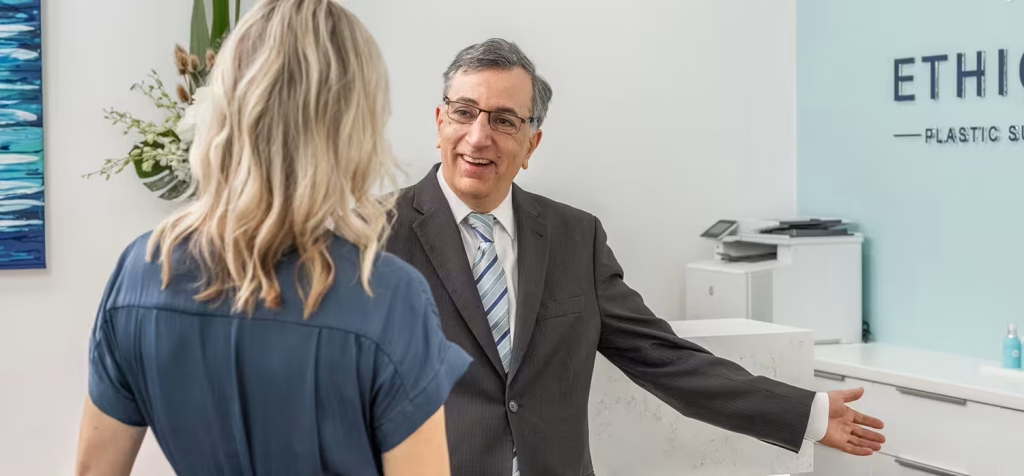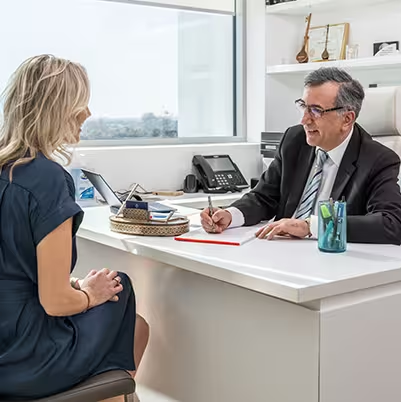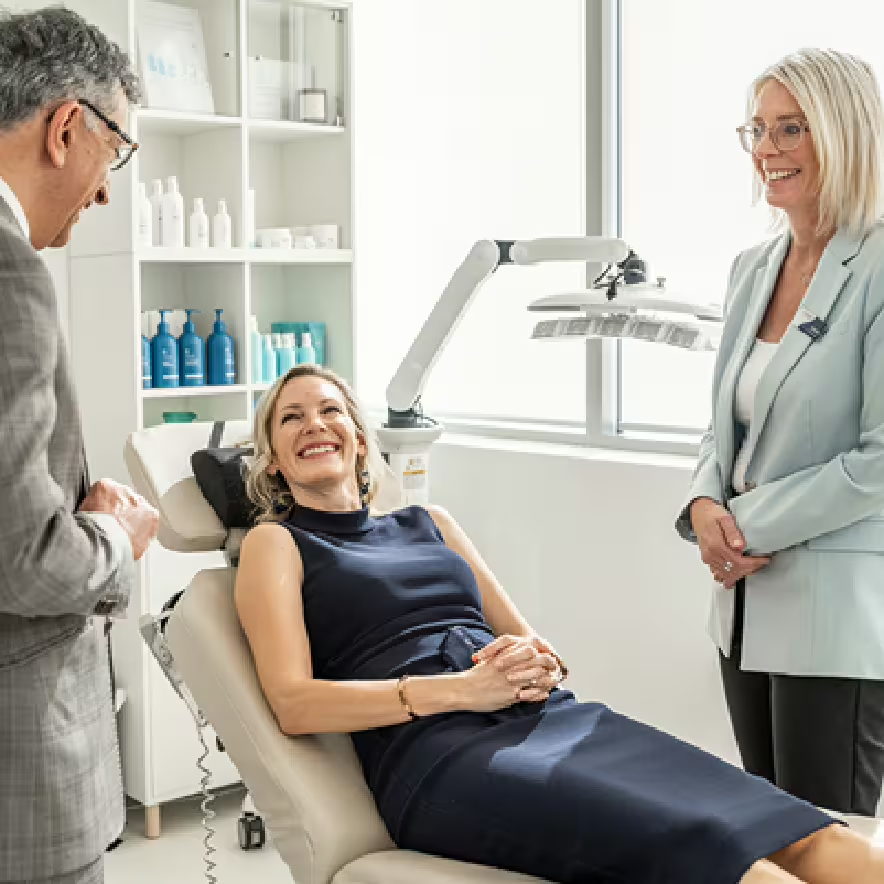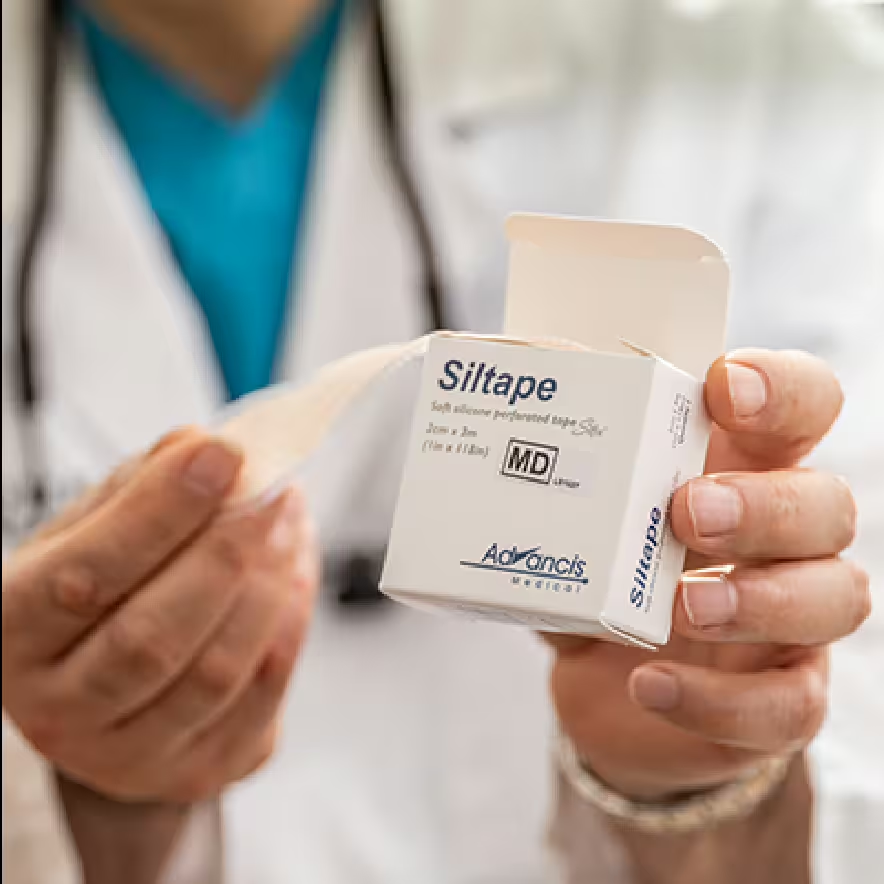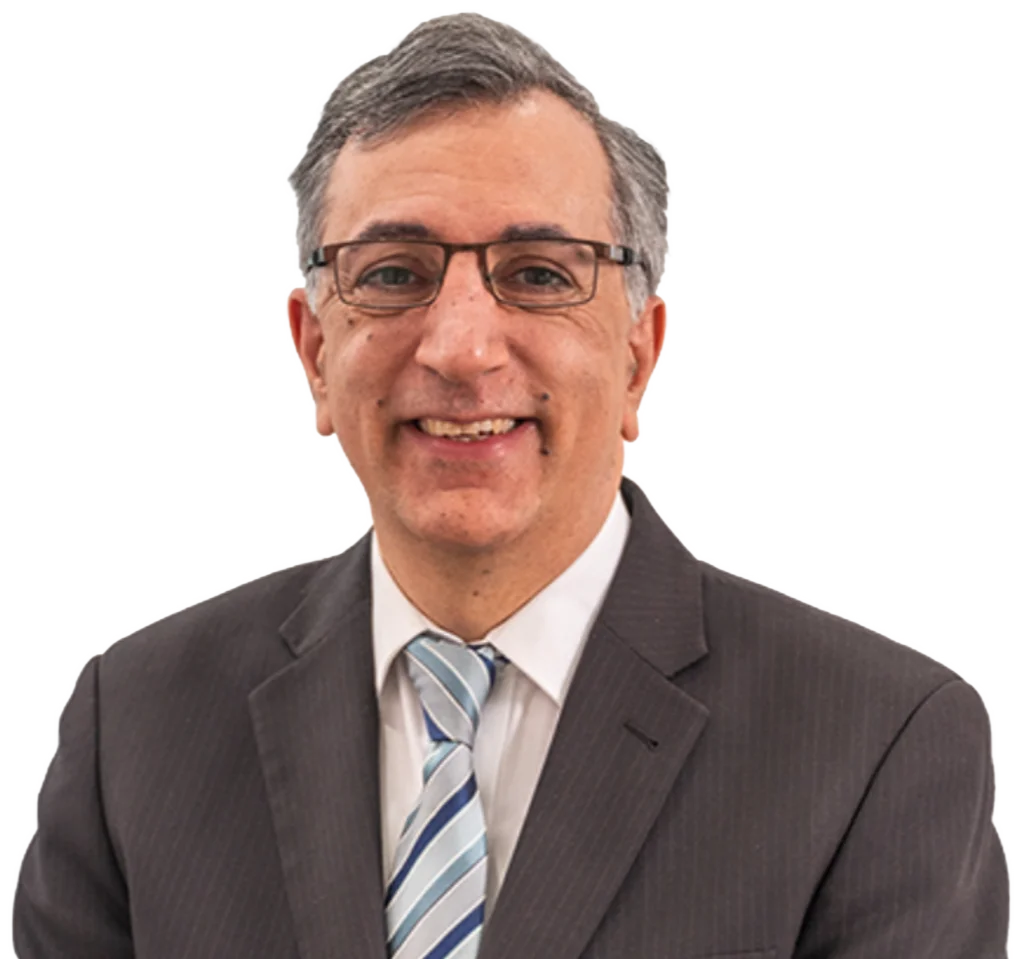While all care and diligence is taken by Dr Safvat to minimise or avoid complications, any surgical procedure can be associated with some general complications and/or specific complications related to the surgery you are having. Choosing a Specialist Plastic Surgeon such as Dr Safvat and having your procedure done in an accredited hospital minimises risks, as does using accredited Anaesthesists.
Some general surgical potential complications are:
• Infection that may require antibiotics (Dr Safvat prescribes all patients antibiotics after surgery to minimise this risk).
• Fluid build-up under the skin (seroma).
• Allergic reaction to dressings and other items used during the procedure.
• The formation of blood collection (haematoma) which could require additional surgery.
• Scars heal differently in different people. Some people are genetically prone to develop keloid scars. Hypertrophic scars develop when there is a complication in the healing process. Whilst not ideal, there is no threat to your health if you develop these.
• Anyone can have a heart attack or stroke from a clot. This risk is slightly increased with general anaesthetics.
Some potential complications related to Abdominoplasty surgery specifically are:
• Visible and prominent scarring.
• Numbness around the incision site that in most cases, improves with time.
• Areas of skin that may not heal and could require further surgery.
• A blood clot (deep vein thrombosis) in the leg or chest that could require further treatment. Although Dr Safvat will take all preventative measures to minimise this risk (including calf compressors, TED stockings and blood thinning injection).

